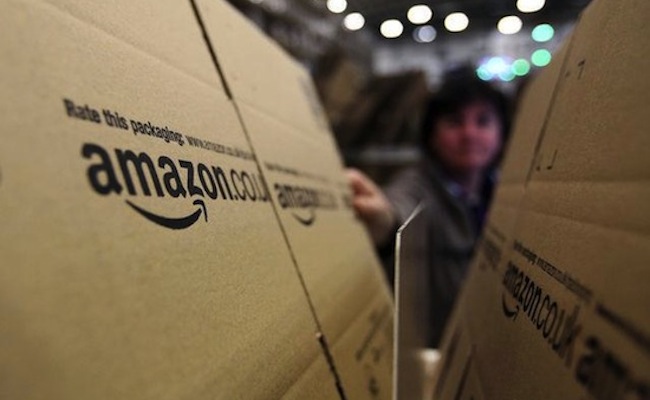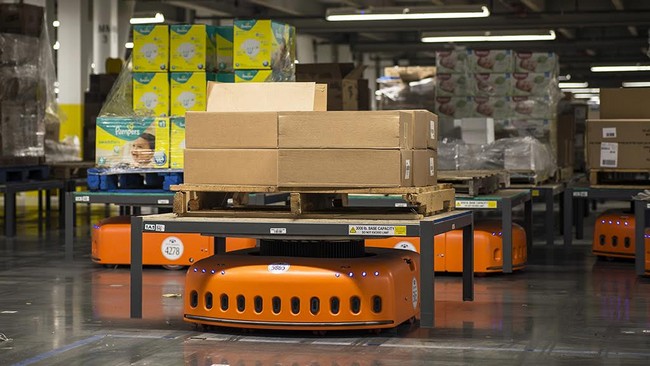Amazon 2
How Amazon Tricks You into Buying
Amazon is one of the most popular and successful online retailers in the world. It has always been the first choice for many looking for particular products. The question thus becomes, how has Amazon been able to maintain being in the top spot despite the emergence of other similar online retailers? The answer is pretty simple. It is all about using strategies that involve various marketing tactics meant to attract a huge number of customers. They are as follows.
Price Comparison
This is a marketing tactic Amazon uses whereby the prices of the most popular products are low and the prices of the less popular products are high. If for instance a flat screen digital television costs $350, Amazon would consistently price them under the competition and the television could cost as low as $250 which is well below other competitive retailers. What the buyer does not realize is the prices for the accessories that come with the television like cables which are less popular go up and a shopper might end up paying more than the initial price of $350.
Free Shipping Offers
If you think free shipping is actually free on Amazon, then you are in for a surprise. Amazon Prime Membership costs $99 annually and it guarantees a two day free shipping and two hour delivery in certain areas. Amazon needs to recover that lost cost and they do so for instance by getting customers to increase the number of items in their shopping carts. Customers are also persuaded to pay extra for the Prime Membership in order to get better “benefits”.
Kindle Promotions
Amazon Kindle customers spend more money in comparison with non-Kindle owners. They also buy expensive items in addition to being frequent shoppers. The amount spend for Kindle owners per year is $1450 compared to $725 from non-Kindle owners.
To conclude, these are the tricks that have made Amazon become a multi-million empire. It is also convenient and reliable hence customers feel more at ease shopping from this website.
How Amazon Started the Robotic Arms Race
If you were to enter an Amazon warehouse, it is whirlwind of activity. You will come across workers everywhere piling items onto large black and yellow crates. Tall hydraulic arms haul heavy boxes to place them on rafters. What you may also see are a mass of chunky orange robots sliding along the floor, also stacked with boxes brimming with fashion to sports gear.
These are the very well-known Kiva robots, who once were an innovation that promised big things for the automation of inventory management. Amazon purchased their robot armies for w hopping $775 million in 2012. The acquisition elevated Amazon’s CEO Jeff Bezos to the head of an entire industry. He chose to reserve his robotics forces for the sole use of Amazon, effectively stopping Kiva from selling their products to warehouse operators and retailers who used this technology for speedy warehousing and distribution.
Since Kiva was the only player on the market, they were left with no choice. In the present environment, a few startups are gearing up to take off where Kiva left and arm warehouses around the world with new robotics. Amazon’s bots has already proved that robotic technology is indeed a better solution for the supply chain.
However, the new bots that are available look different, this could be attributed to the fact that it is still a nascent industry and partially due to patents. These bots can perform a wide variety of tasks like using mechanical claws to life items off shelves while others have touch screens for automated inventory checks. IAM Robotics’ Swift has been making waves. It is an autonomous mobile picking robot which comes equipped with a 3D item scanner and SwiftLink fleet management software.
Nevertheless, all of these bots are to aimed at fulfilling orders and to get your deliveries to your doorstep easy and quick.

